 Low Cost Catalyst for Shale Gas Processing Discovered for Cheaper Chemicals from Cheaper Raw Materials
01. 19. 2018
#The Chemical Industry
Low Cost Catalyst for Shale Gas Processing Discovered for Cheaper Chemicals from Cheaper Raw Materials
01. 19. 2018
#The Chemical Industry

Chemists have found a new catalyst for creating fuel and industrial chemicals from shale gas. Currently used catalysts are expensive to manufacture and run, they also suffer from coking and become less and less efficient. The new catalyst is made of cheaper raw materials, works at lower temperatures, and does not coke up.
At present, platinum and nickel are used as catalysts to break down the carbon-hydrogen bonds in methane extracted from shale gas, which allows for the manufacture of industrial chemicals and fuels. However, not only are nickel and platinum both expensive raw materials, but the catalytic process causes ‘coking’, where the metals become coated in a layer of carbon. This limits the surface area available for chemical reactions, lowering efficiency.
But now a team of researchers from UCL (University College London) and Tufts University have created a new alloy catalyst that is not only resistant to coking, but is made of much cheaper copper alloyed with an amount of platinum measured at the atomic level. It is also cheaper to use, as it operates at much lower temperatures.
Whereas current methane reforming processes work at temperatures in excess of 900 degrees Celsius, the new catalyst could work at a cool 400 degrees Celsius.
The online scientific journal, Phys.org, described the researchers novel process. It explains how, “The study demonstrates the benefits of a new highly diluted alloy of platinum in copper - a single atom alloy – to make useful chemicals from small hydrocarbons.” Adding that, “A combination of surface science and catalysis experiments and powerful computing techniques were used to investigate the performance of the alloy. These showed that the platinum breaks the carbon-hydrogen bonds, and the copper helps couple hydrocarbon molecules of different sizes, paving the way towards conversion to fuels [and industrial chemicals].”
Publishing their findings in the journal Nature Chemistry, the research team explains how, “Heterogeneous catalysts based on nickel and platinum can perform this chemistry, but deactivate easily due to coke formation. Copper-based catalysts are not practical due to high carbon–hydrogen activation barriers, but their weaker binding to adsorbates offers resilience to coking. Using platinum/copper single-atom alloys activates carbon-hydrogen bonds more efficiently than copper [alone]. [The new catalysts] are stable for days under realistic operating conditions, and avoid the problem of coking typically encountered with platinum. Platinum/copper single-atom alloys therefore offer a new approach to coke-resistant carbon-hydrogen activation chemistry, with the added economic benefit that the precious metal is diluted at the atomic limit.”
While the chemistry behind the discovery may sound relatively simple, the experiments were far more complex. Study co-lead author, Professor Michail Stamatakis (UCL Chemical Engineering), outlined the challenge the team faced when he said: "We used supercomputers to model how the reaction happens - the breaking and making of bonds in small molecules on the catalytic alloy surface, and also to predict its performance at large scales. For this, we needed access to hundreds of processors to simulate thousands of reaction events."
In layman’s terms this new process will save chemical manufacturers money, as it enables the use of atoms of platinum on a copper surface, significantly reducing raw material costs.
As Study lead, Professor Charles Sykes of the Department of Chemistry in Tufts University's School of Arts & Sciences, said: "Seeing is believing, and our scanning tunnelling microscope allowed us to visualise how single platinum atoms were arranged in copper. Given that platinum is over $1,000 an ounce, versus copper at 15 cents, a significant cost saving can be made."
The next step is the focus on scaling up the process for use in industry. As study co-lead author, Distinguished Professor Maria Flytzani-Stephanopoulos of the Department of Chemical and Biological Engineering in Tufts University's School of Engineering, notes, "While model catalysts in surface science experiments are essential to follow the structure and reactivity at the atomic scale, it is exciting to extend this knowledge to realistic nanoparticle catalysts of similar compositions and test them under practical conditions, aimed at developing the catalyst for the next step - industrial application."
Photo credit: Phys.org/Sykes, IBM, Breakbulk & DailyFusion